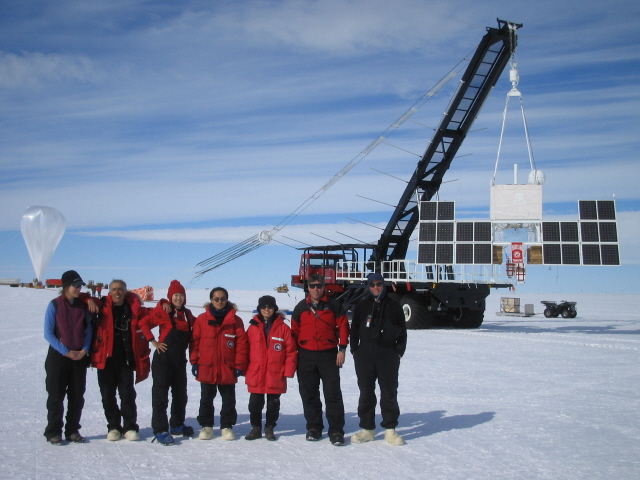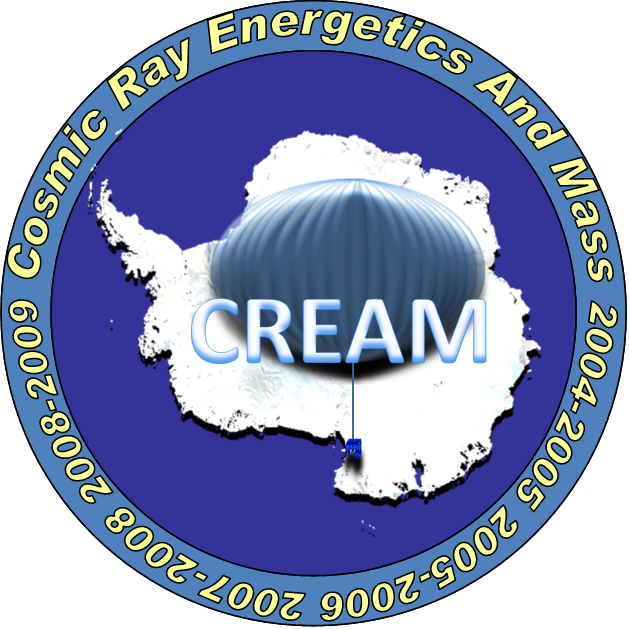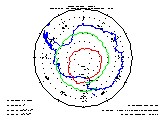 The Cosmic Ray Energetics and Mass (CREAM) experiment was designed and constructed to measure cosmic ray elemental spectra using a series of ultra long duration balloon (ULDB) flights. The goal is to extend direct measurement of cosmic-ray composition to the energies capable of generating gigantic air showers which have been mainly observed on the ground, thereby providing calibration for indirect measurements. The instrument has redundant and complementary charge identification and energy measurement systems capable of precise measurements of elemental spectra for Z = 1 - 26 nuclei over the energy range ~1011 to 1015 eV. Precise measurements of the energy dependance of elemetal spectra at the highest of these energies, where the rigidity-dependant supernova acceleration limit could be reflected in a composition change, provide a key to understanding cosmic ray acceleration and propogation. The instrument includes a Timing Charge Detector (TCD), a Cherankov Detector (CD), a Transition Radiation Detector (TRD), a Cherenkov Camera (CherCam), a Silicon Charge Detector (SCD), scintillating fiber hodoscopes, and a tungsten-scintillating fiber calorimeter.
The Cosmic Ray Energetics and Mass (CREAM) experiment was designed and constructed to measure cosmic ray elemental spectra using a series of ultra long duration balloon (ULDB) flights. The goal is to extend direct measurement of cosmic-ray composition to the energies capable of generating gigantic air showers which have been mainly observed on the ground, thereby providing calibration for indirect measurements. The instrument has redundant and complementary charge identification and energy measurement systems capable of precise measurements of elemental spectra for Z = 1 - 26 nuclei over the energy range ~1011 to 1015 eV. Precise measurements of the energy dependance of elemetal spectra at the highest of these energies, where the rigidity-dependant supernova acceleration limit could be reflected in a composition change, provide a key to understanding cosmic ray acceleration and propogation. The instrument includes a Timing Charge Detector (TCD), a Cherankov Detector (CD), a Transition Radiation Detector (TRD), a Cherenkov Camera (CherCam), a Silicon Charge Detector (SCD), scintillating fiber hodoscopes, and a tungsten-scintillating fiber calorimeter.CREAM has been launched three times utilizing zero-pressure balloons (40M - L) in Antarctica, first in December 2004 , second in December 2005, and third in December 2007. It circumnavigated the south pole three times during the first flight, which set a flight duration record of 42 days, and twice during the second flight in 28 days. A cumulative duration of almost 100 days within ~3 years was achieved when the third flight was completed in 29 days.
Examples of current results are given below:
- Cosmic Ray Energetics and Mass(CREAM) Overview
- Approaching the Knee with Direct Measurements
- H and He spectra from the 2004/05 CREAM-1 flight
- Measurements of High-Energy Heavy Nuclei with the CREAM-I TRD
- Elemental Spectra from the CREAM-I flight
- Preliminary measurements of carbon and oxygen energy spectra from the second flight of CREAM
- Energy cross-calibration from the first CREAM flight transition radiation detector versus calorimeter
















